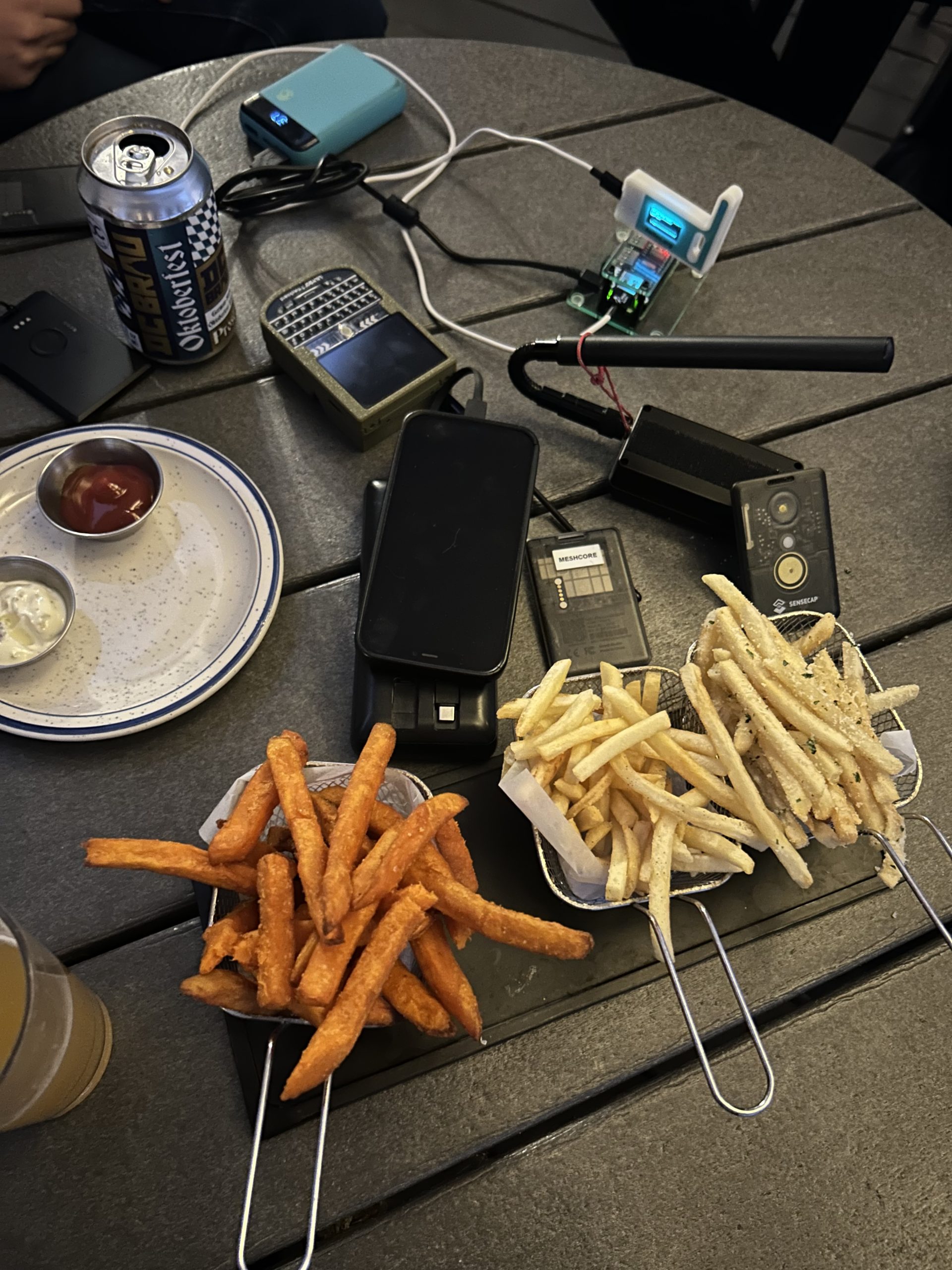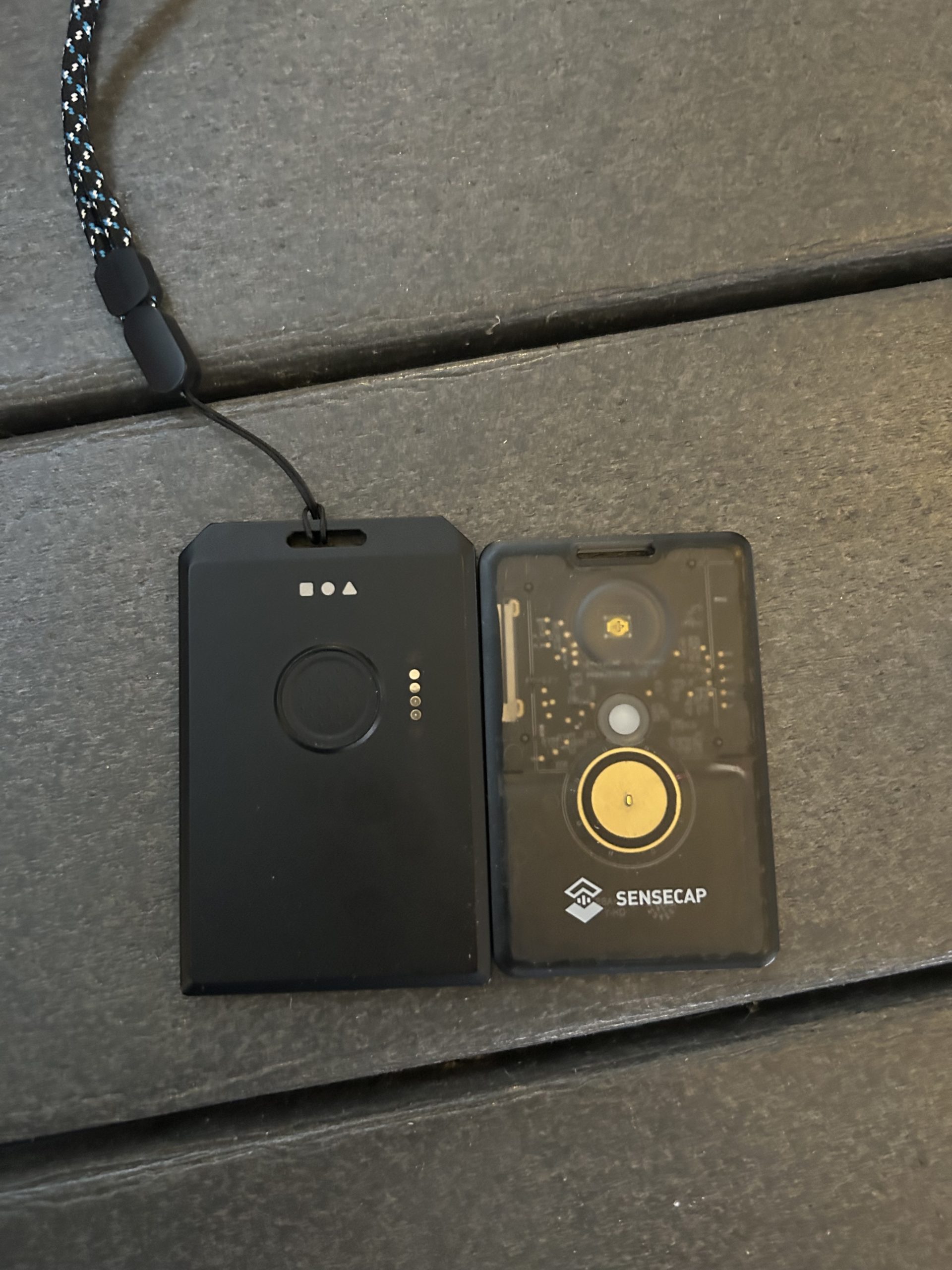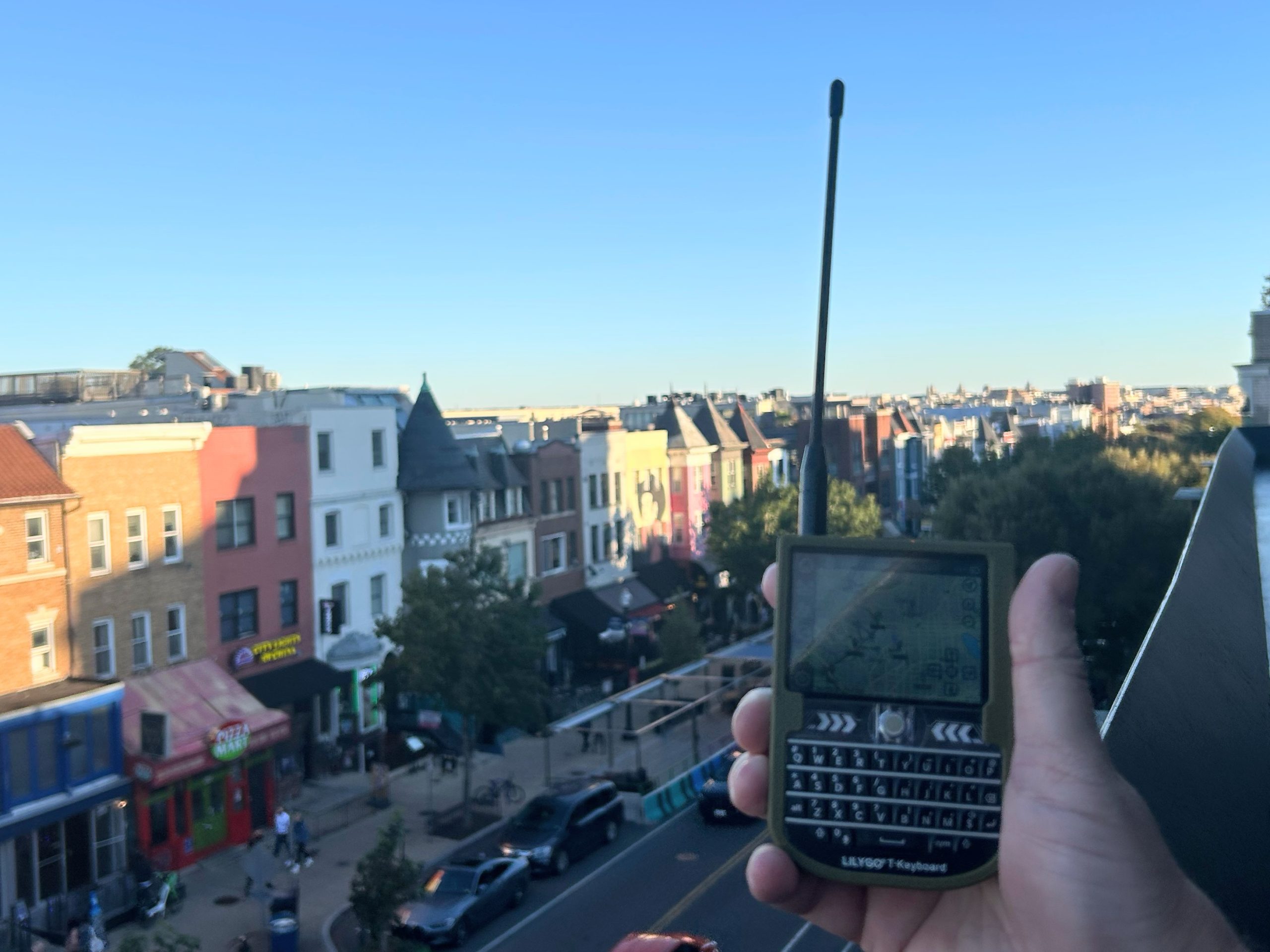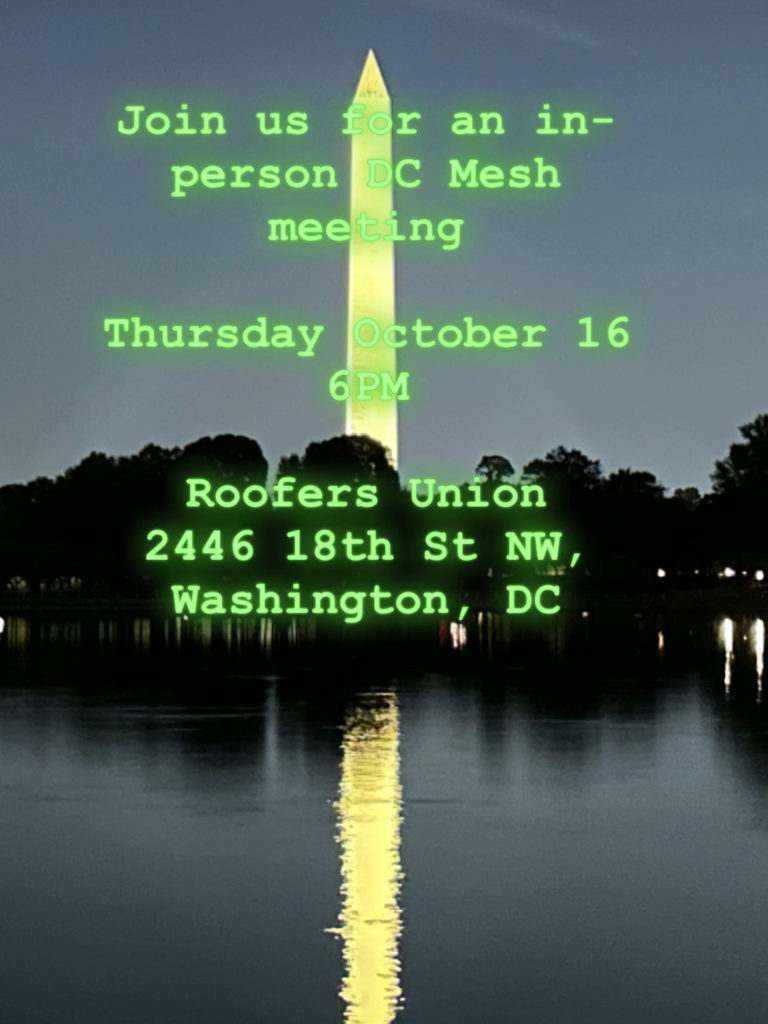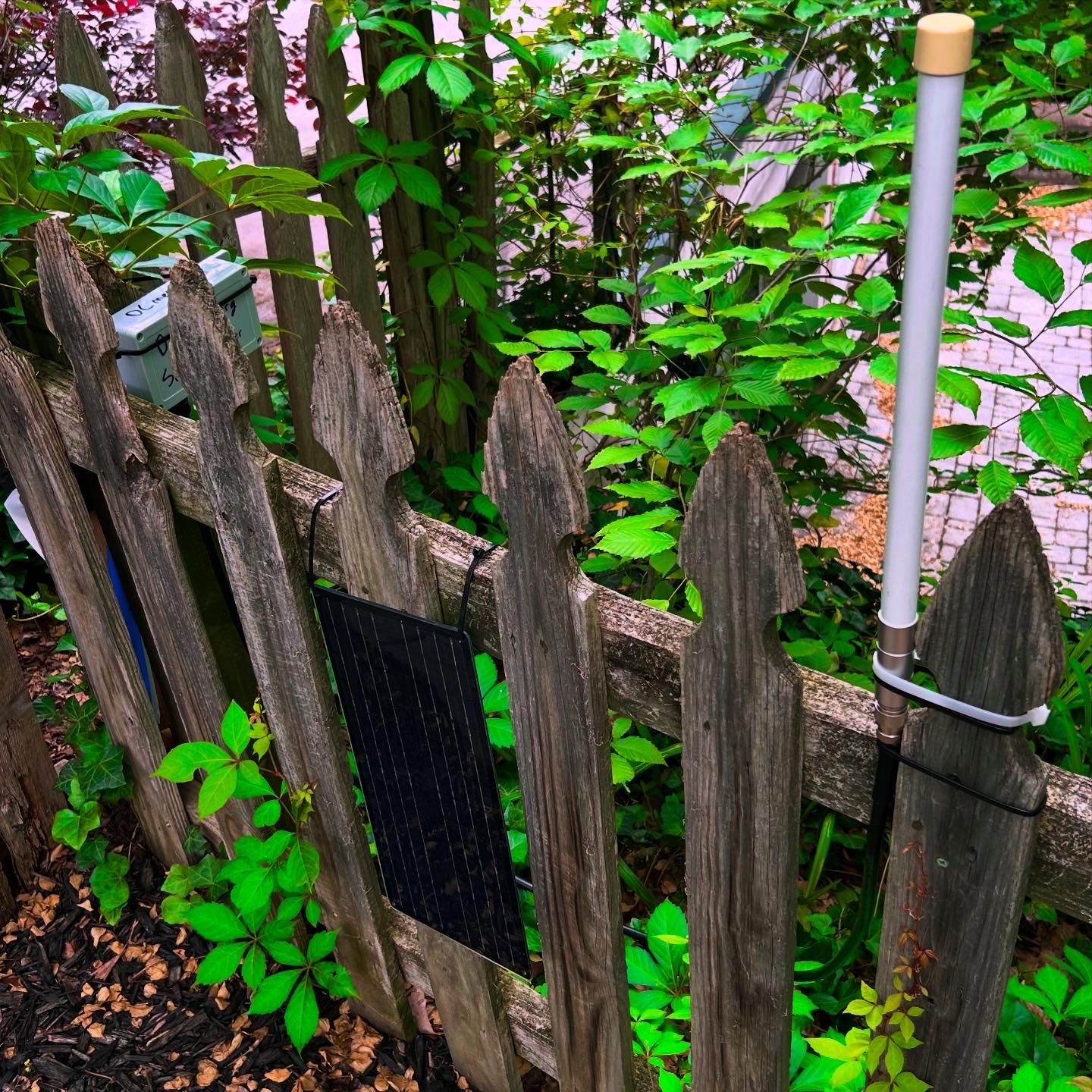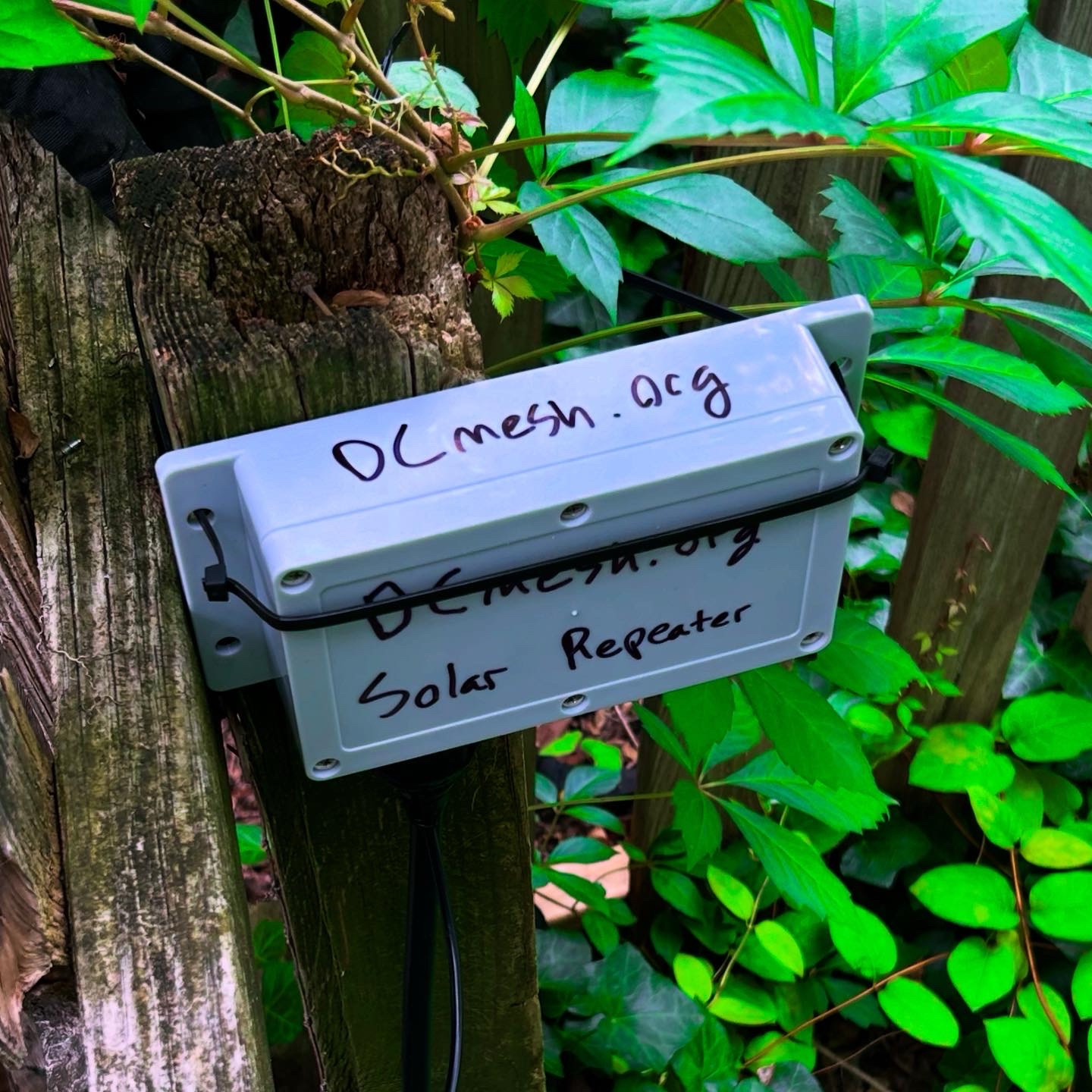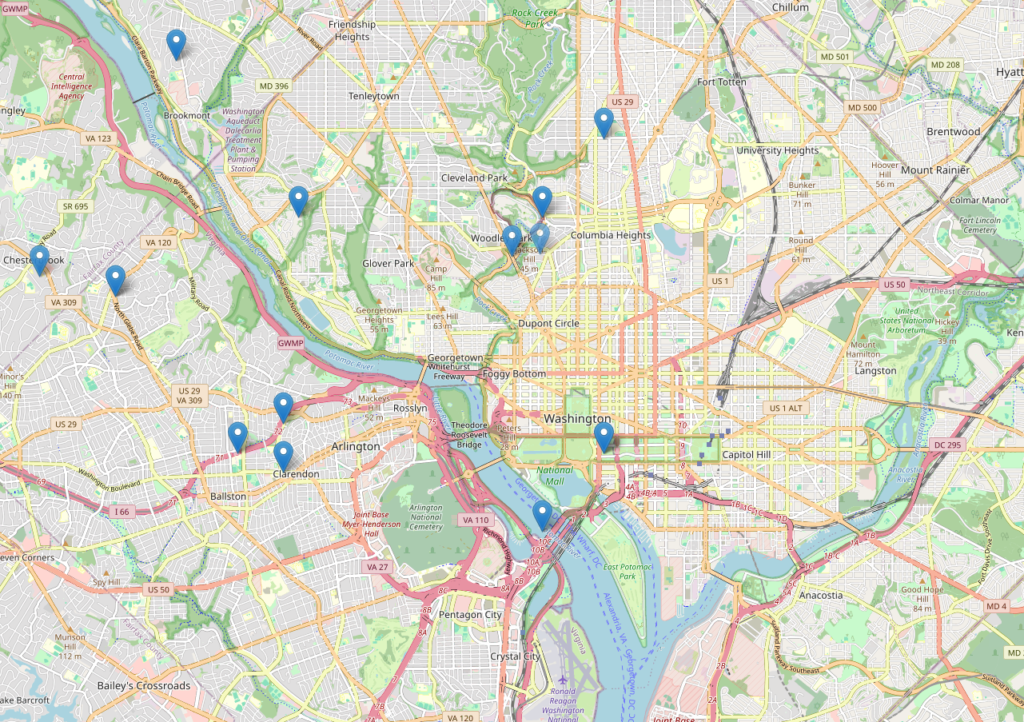Great success with our 4th DC Mesh in-person meeting. We had seven members join us – thank you to everyone who made it out. Mike brought the Meshing Around BBS server which we all got to use in person with extremely low latency. We talked about syncing up the BBS servers, expanding the mesh towards Baltimore, and heard about varying experiences with the Slot 9 network in NoVa. One excellent idea that came out of the meeting was adding a bot to our discord that sends and receives messages from the network to a channel on the discord. We meet in person every quarter so we hope to see you all in a few months!
